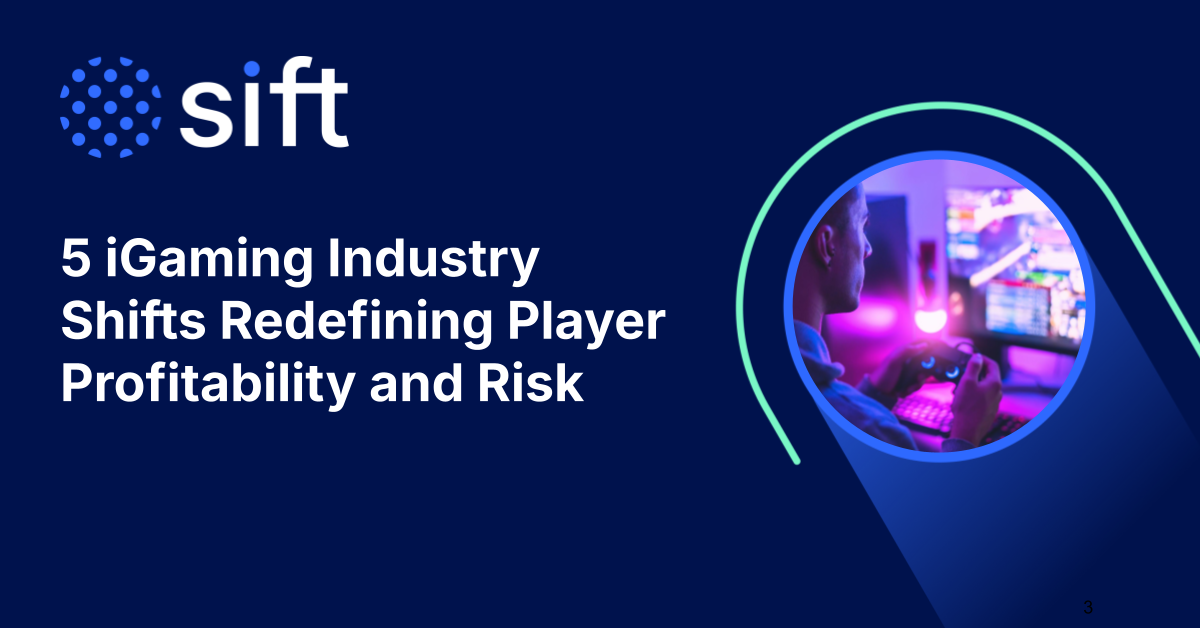180 days. A lot can happen in that time. For some, “180 days” might conjure the thought of a chargeback arrival curve. For others, it may inspire thoughts about their product roadmap. At Sift, we wanted to highlight something that’s going to happen less than 180 days from today: Visa is lowering its fraud ratios come October 1st, 2019.
If you’ve worked in Trust & Safety, fraud detection, or fraud prevention, this number is intimately familiar to you. This is the line in the sand for payments processing in the Visa and Mastercard worlds. Cross this dispute-to-transaction ratio at your own peril. If you hit above 1%, you can expect increased scrutiny from the card networks, an expectation of remediating your fraud problem, fines, and the existential threat of not being able to process credit card payments for a particular network altogether.
Serious stuff.
It’s equally perilous to downplay the impact of moving from 1% to 0.9% for the Visa Fraud Monitoring Program (VFMP) and Visa Chargeback Monitoring Program (VCMP). Ask any Trust & Safety manager to reduce their fraud rates by 10 basis points and they’ll quickly ask how they’re expected to achieve this. Depending on your volume, this measly-sounding 0.1% can actually represent a tremendous number of dollars to cover or disputes to reduce.
This shift will also challenge businesses’ perceptions that their current solutions are “good enough.” Visa is lowering the ceiling for this ratio, but given their history of reducing timelines for its Visa Claims Resolution (VCR) program, it would be unwise to believe this is the last downward movement we’ll be seeing. And since, at the time of publication, we’re already in Q2 2019, you’re probably already resource-committed for the quarter. You may even be considering what needs to get done in Q4. In other words, time is of the essence.
How are you going to address this sudden change and move beyond “good enough” for 2019, 2020, 2021 and beyond?
First, you’ll need to find a partner that you can easily integrate with. Second, identify a solution that will not only reduce your incoming disputes but also facilitate the growth of your positive payments.
Last but not least, keep your customers in mind. You will need to meet their expectations as they continue to evolve and escalate. Just don’t forget to evolve and escalate your internal expectations simultaneously. If you ask me, having a plan to address this in the next 180 days sounds like a great idea.
Want to learn more about how Sift and Digital Trust & Safety can help you reduce chargebacks? Request your Digital Trust & Safety Assessment today to get started!







